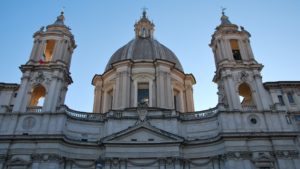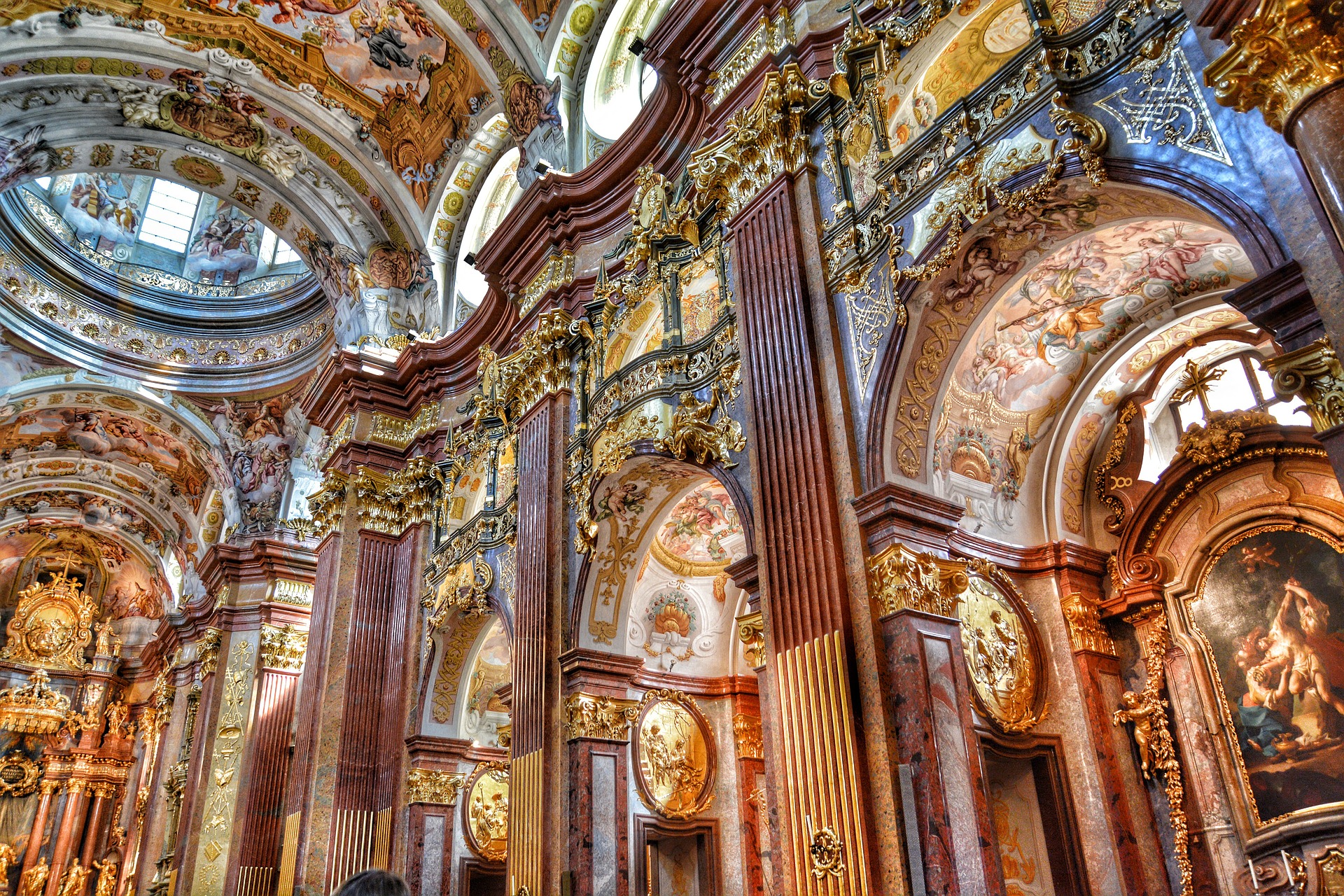The term baroque is associated with the art of the eighteenth century, a derogatory word that meant a bizarre and exaggerated art, which modern critics no longer consider as a term with negative value . It was born in the period of Protestantism and plays an important role; used to spread counter-reformist ideas to the people and lead them back to Catholic doctrine, precisely because it was considered the most suitable form to represent miraculous events. It also characterizes the ruling political class and the aristocracy that commissions works of art to impose their prestigious social status and their power. The baroque style is characterized by complex and articulated forms, completely different from the geometric simplicity of the Renaissance, we also see the return of art as mimesis of nature; in the works we notice a search for movement, energy and drama accentuated through the contrasts of light and shadow, present in both paintings and sculptures.
In architecture, instead, stand out the curved surfaces and the strong presence of rich decorative elements, baroque churches for example, have an elliptical plan with 2 fires and the center, elements that highlight the complexity of the structure compared to the previous ones.
Then we see the immense frescoes, very close to reality making a natural representation of the characters, this element tended to bring the faithful closer, because it gives the sacred scenes, which are illustrated, credibility. Baroque painters attached great importance to the decoration of the ceilings, seeking, through perspective, to expand the architectural spaces.
 Among the most popular churches we see the Church of Sant’Agnese, located in Piazza Navona, with an elliptical central plan, a single nave, side chapels and protrusions on the facade. Like the Cathedral of San Luigi Degli Invalidi, of classicist taste but of monumental baroque style, we see these characteristics also in the Church of San Paolo di Wren situated in London.
Among the most popular churches we see the Church of Sant’Agnese, located in Piazza Navona, with an elliptical central plan, a single nave, side chapels and protrusions on the facade. Like the Cathedral of San Luigi Degli Invalidi, of classicist taste but of monumental baroque style, we see these characteristics also in the Church of San Paolo di Wren situated in London.
Asia Isawi 4N
